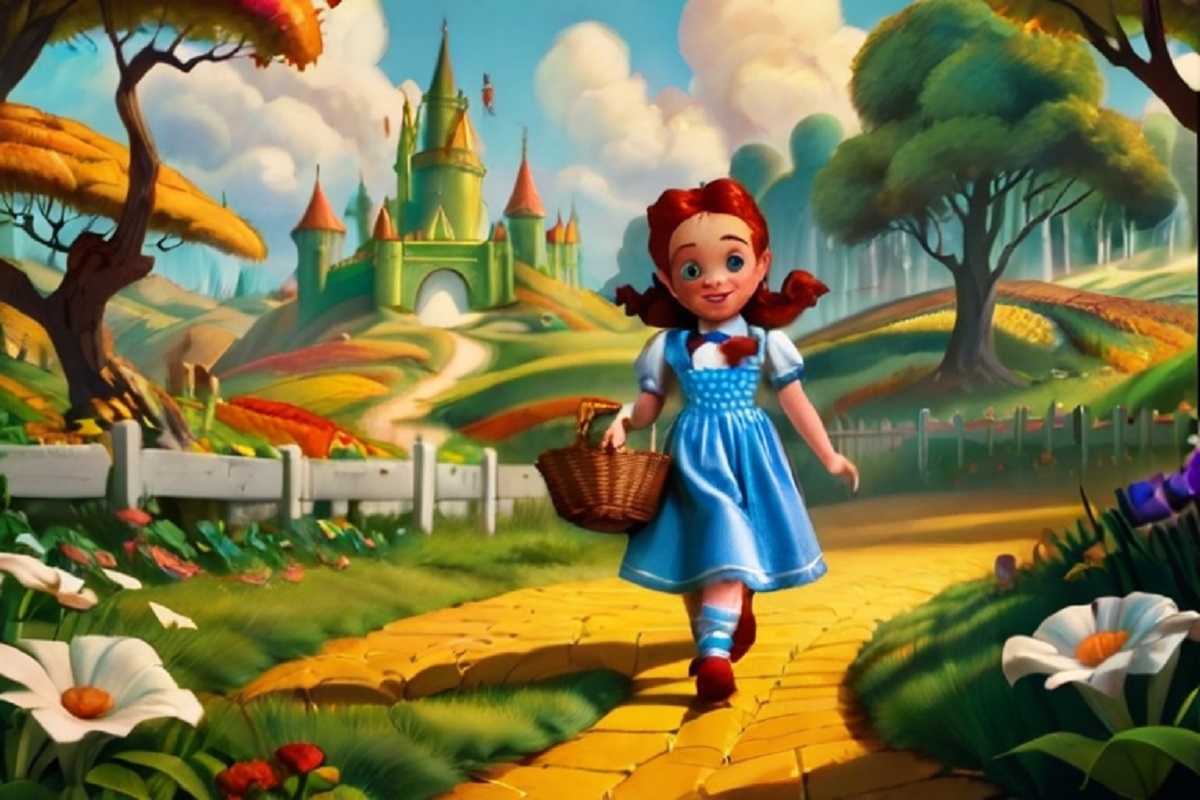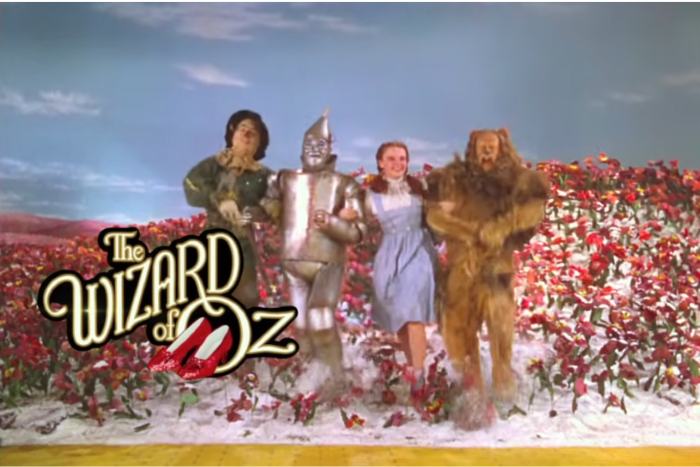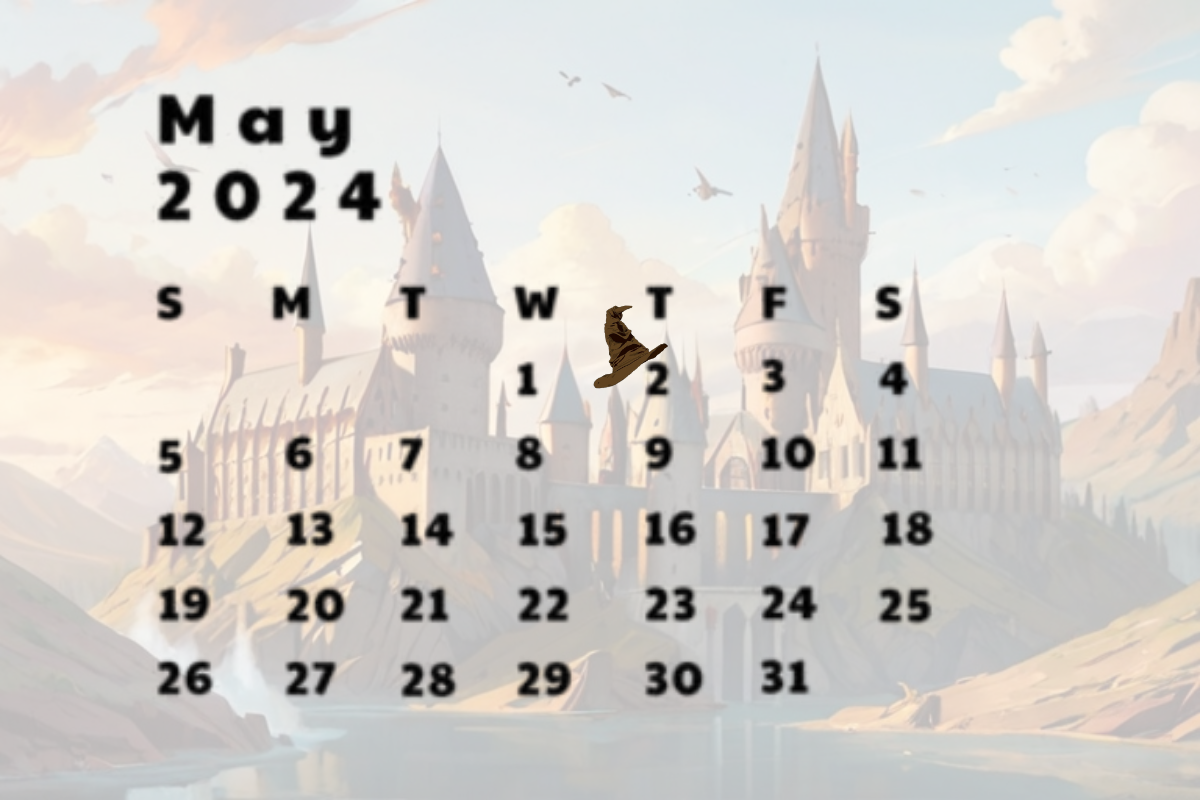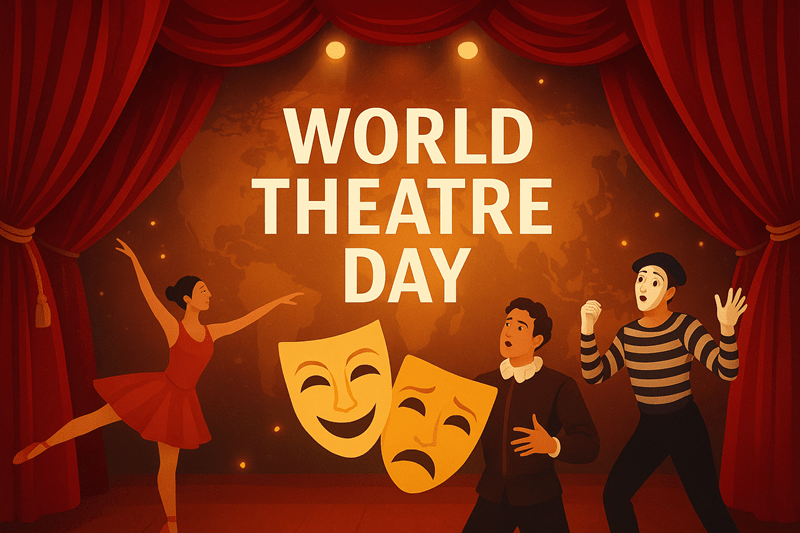The Wonderful Wizard of Oz, written by L. Frank Baum in 1900, is a story that has captivated readers for over a century. It has themes of courage, humanity, and evil. While it is often perceived as a children’s tale, The Wonderful Wizard of Oz contains numerous hidden messages and meanings that were not discovered until decades after its publication. These symbolic messages makes the story a rich tapestry of allegory and political commentary.

Hidden Meanings in The Wonderful Wizard of Oz Book
However, there are several theories suggesting hidden meanings within the seemingly simple plot of The Wonderful Wizard of Oz book. Here are a couple of the most prominent interpretations.
1. Populist Allegory
A famous historian Henry Littlefield popularized this theory. It suggests the book reflects the economic and political climate of the late 1800s in the United States.
- The Wicked Witch of the East could represent the wealthy Eastern establishment bankers.
- Dorothy’s silver shoes symbolize silver, which farmers wanted to be minted as legal tender to alleviate debt. But it became ruby red slippers in the movie.
- The Yellow Brick Road represents the gold standard, favored by bankers.
- The Scarecrow, the Tin Woodman, and the Cowardly Lion represent different groups struggling economically. It shows that farmers lack brains (resources), the working class lacks hearts (solidarity), and politicians lack the courage to challenge the status quo.
2. Political Commentary
Another interpretation views the book as a commentary on American imperialism.
- The Wicked Witches could represent any foreign power the US might seek to overthrow.
- Oz is the supposed powerful wizard and symbolizes a weak or deceptive government.
- Dorothy’s journey to Oz could represent American expansionism and the challenges of imposing its will on foreign lands.
- The Emerald City represents the greenback dollar, the symbol of American economic power.
A few more hidden secrets that people interpreted from the film adaptation are:
- The story contains occult symbolism, with the word OZ hidden in the structure of the sets in the 1939 film adaptation.
- The 1939 film adaptation of The Wizard of Oz is often seen as an anti-fairy tale. It subverts traditional notions of good and evil. The story critiques the idea that power and prosperity come to those who merit them. Also, it suggests that people will follow any authority figure who makes a splash, regardless of their ability.

It’s important to note that author L. Frank Baum himself denied any such hidden meanings. He insisted the book was written purely for children’s enjoyment. However, the interpretations persisted and sparked discussions about the book’s deeper themes.
Recommended: Summary of Click-Clack the Rattlebag: Unveiling the Mystery
What is the Symbolism Behind the Characters’ Desires in The Wonderful Wizard of Oz Book?
In The Wonderful Wizard of Oz, the desires of Dorothy and her companions hold deeper meaning than simply personal wants. Let’s delve into the symbolism behind their wishes:
Dorothy’s Desire to Go Home
1. Literal Meaning: Dorothy longs to return to Kansas, her familiar and safe environment, after being swept away by a tornado.
2. Symbolism: Home represents comfort, security, and belonging. Dorothy’s desire reflects the universal human yearning for stability and a place where we feel loved and accepted.
The Scarecrow’s Desire for Brains
1. Literal Meaning: The Scarecrow desires a brain to think and understand the world better.
2. Symbolism: Brains represent intelligence, knowledge, and the ability to make informed decisions. The Scarecrow’s longing reflects the importance of critical thinking, problem-solving, and learning.
The Tin Woodman’s Desire for a Heart
1. Literal Meaning: The Tin Woodman wishes for a heart to feel emotions like love and compassion.
2. Symbolism: The heart represents emotions, empathy, and the capacity to care for others. The Tin Woodman’s desire highlights the importance of compassion, understanding, and human connection.
The Cowardly Lion’s Desire for Courage
1. Literal Meaning: The Cowardly Lion, despite his imposing size, lacks courage and desires to be brave.
2. Symbolism: Courage represents bravery, facing fears, and standing up for what’s right. The Cowardly Lion’s wish emphasizes the importance of overcoming fear and taking action in the face of adversity.
The Wizard’s Deceptive Lack of Power
1. Literal Meaning: The Wizard initially poses as a powerful and all-knowing figure. But he is ultimately revealed to be a mere mortal relying on smoke and mirrors.
2. Symbolism: The Wizard represents illusion, deception, and the dangers of relying solely on appearances. The story suggests that true power lies within ourselves, not in external figures.
Beyond Hidden Meanings
Whether or not you abide by these theories, The Wonderful Wizard of Oz offers valuable messages:
- The Importance of Home: Dorothy’s longing for home is a central theme, reminding us of the value of familiar surroundings and loved ones.
- Inner Strength: Each character seeks a quality they believe they lack, but ultimately discovers they possess it within themselves.
- Friendship and Teamwork: Dorothy’s journey is aided by her unlikely companions, highlighting the importance of friendship and collaboration.
The enduring popularity of The Wonderful Wizard of Oz lies in its ability to entertain on the surface while offering layers of meaning for readers of all ages to discover.
Recommended: Unravel Me by Tahereh Mafi: Summary and Themes
The Wonderful Wizard of Oz may appear as a simple children’s tale, but it has numerous hidden meanings. The symbolism hidden within its characters and their desires offers profound themes that resonate with readers of all ages.



